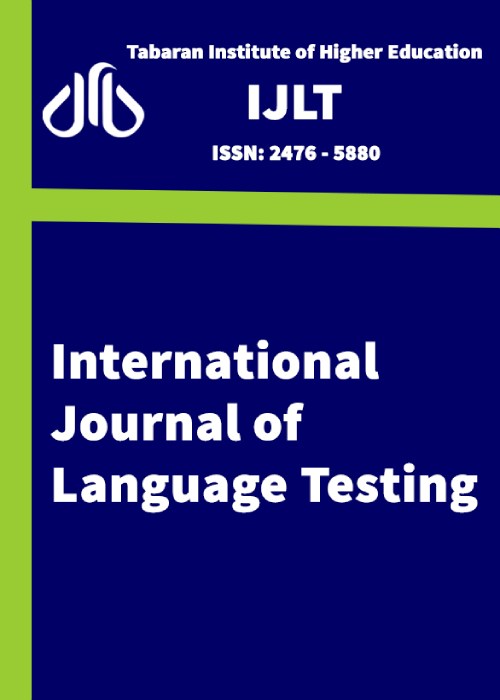فهرست مطالب
International Journal of Language Testing
Volume:9 Issue: 1, Mar 2019
- تاریخ انتشار: 1399/04/17
- تعداد عناوین: 1
-
Pages 1-28
The purpose of the present study was twofold: (a) to compare the performance of six cognitive diagnostic models, including a general model (GDINA), two non-compensatory models (DINA and NC-RUM), and three compensatory models (ACDM, DINO, and CRUM), at test level to find the best model for describing the underlying interaction among the listening attributes of the IELTS exam; and (b) to diagnose the performance of Iranian candidates in the listening section of the IELTS. To accomplish these, item responses of 310 Iranian test takers to the Listening Sub-test of the IELTS exam were analyzed. The models were first compared in terms of absolute and relative fit indices for selecting the most optimal model. The results showed that the G-DINA model was the best model with regard to all fit indices among the competing models followed by the C-RUM, ACDM, NC-RUM, DINO, and DINA. Then, the C-RUM as the best specific CDM was selected for the second phase of the study. It was found that making inference and comprehending vocabulary and syntax are the most difficult listening constituents for Iranian IELTS candidates.
Keywords: CDMs, compensatory, non-compensatory, Q-matrix, listening, IELTS


